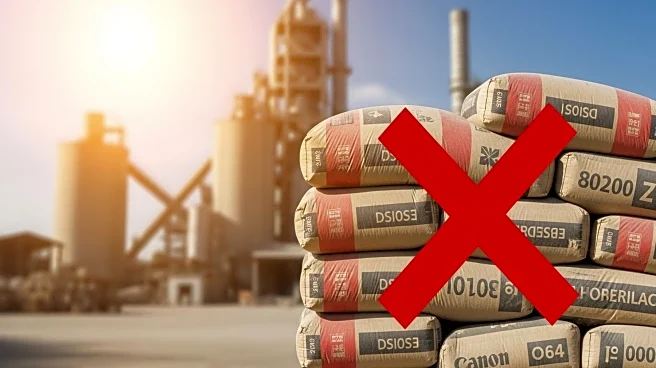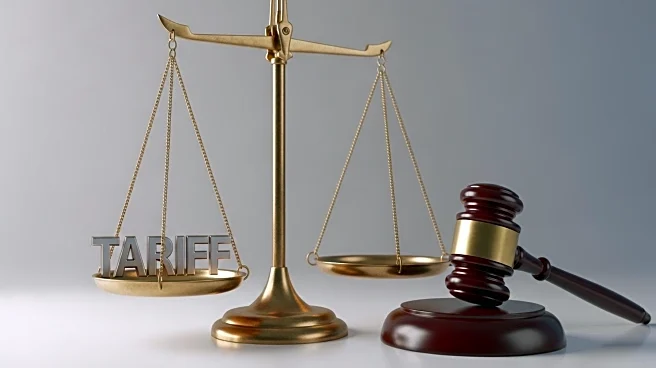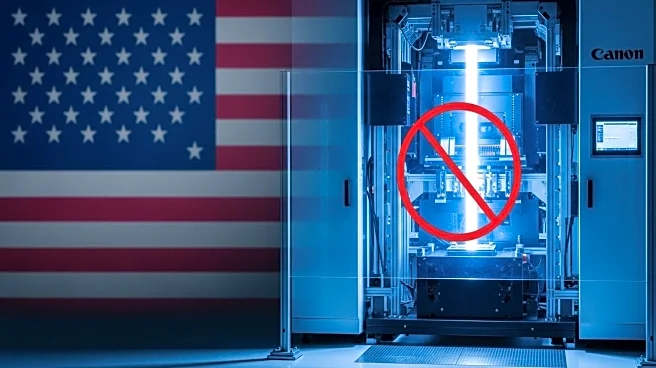What is the story about?
What's Happening?
The Trump administration has halted a $500 million grant intended for carbon capture technology at the Heidelberg cement plant in Mitchell, Indiana. This decision has left the local community and the cement industry questioning the U.S.'s ability to compete in the global market for low-carbon cement. The Heidelberg plant was set to be a model for reducing carbon dioxide emissions in cement manufacturing, a sector responsible for significant greenhouse gas emissions. The cancellation of the grant is part of a broader move by the administration to cut funding for projects linked to global warming, despite growing demand for lower-carbon cement from regulators and major companies.
Why It's Important?
The cancellation of the carbon capture project at the Heidelberg plant has significant implications for the U.S. cement industry and its ability to innovate and compete globally. Cement manufacturing is a major source of carbon emissions, and the development of low-carbon technologies is crucial for meeting international climate goals. The decision to block funding for such initiatives could hinder the industry's progress and allow other countries, like China, to take the lead in developing sustainable cement technologies. This move also risks economic opportunities, as the demand for green cement is increasing among regulators and major corporations seeking to reduce their carbon footprint.
What's Next?
The Heidelberg plant and other affected projects may seek alternative funding sources or relocate their initiatives abroad, potentially shifting innovation and job opportunities outside the U.S. The cement industry will need to explore other avenues to meet the growing demand for low-carbon products, possibly increasing reliance on imports. The decision may also prompt industry leaders and policymakers to advocate for renewed support for clean technology initiatives, emphasizing the economic and environmental benefits of such projects.
Beyond the Headlines
The administration's stance on carbon capture technology reflects broader political and economic debates about the role of government in supporting clean energy transitions. The decision highlights tensions between economic growth and environmental sustainability, raising questions about the long-term impact on U.S. competitiveness in the global market for sustainable materials. It also underscores the importance of aligning industry practices with international climate agreements to ensure future economic viability.
AI Generated Content
Do you find this article useful?
















